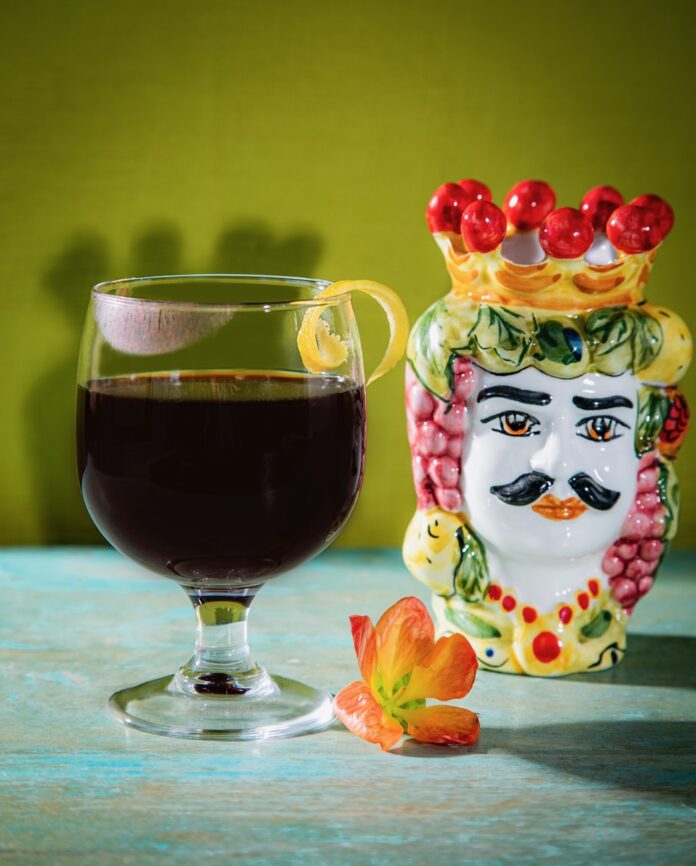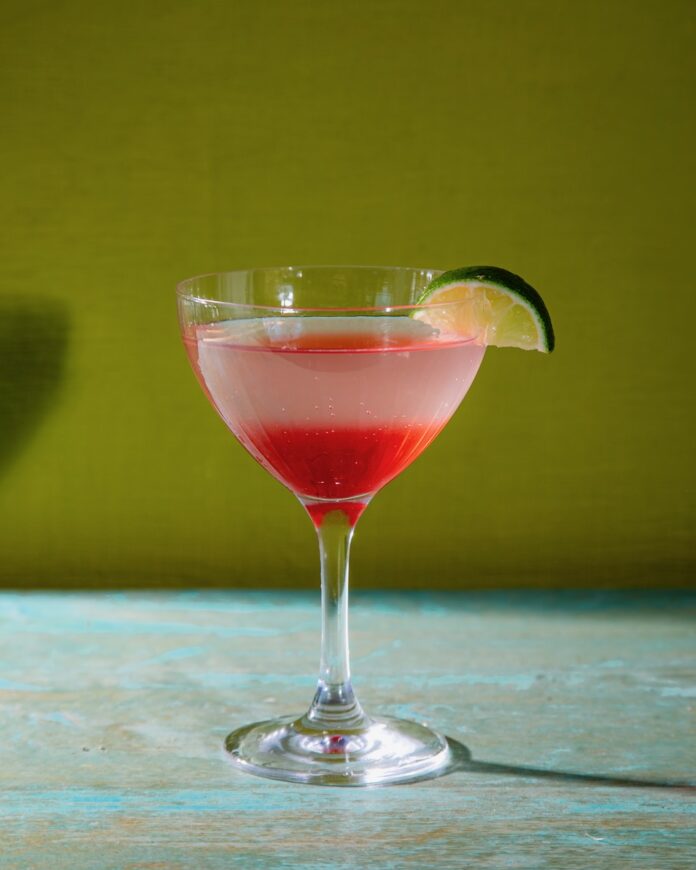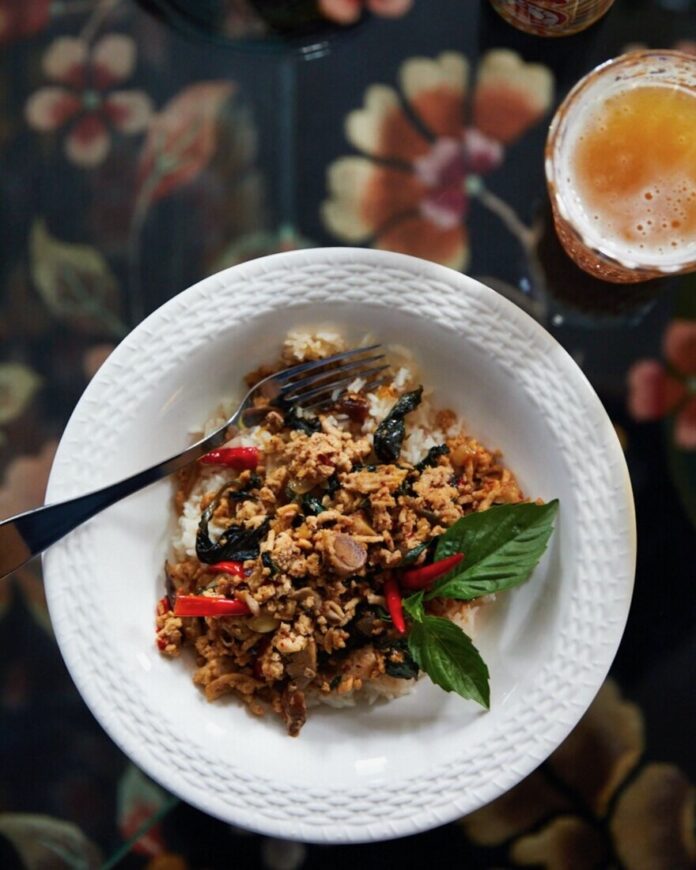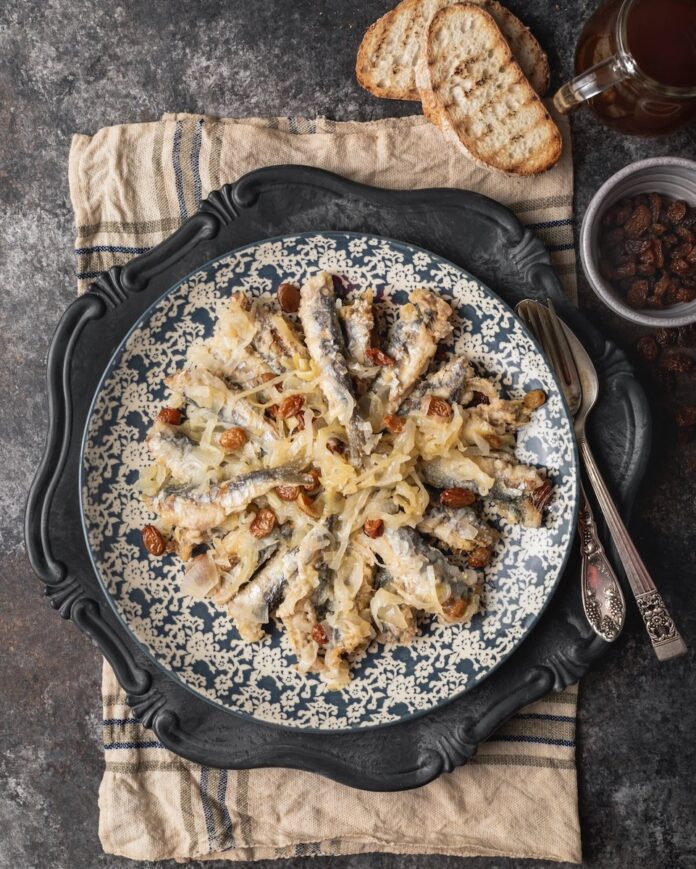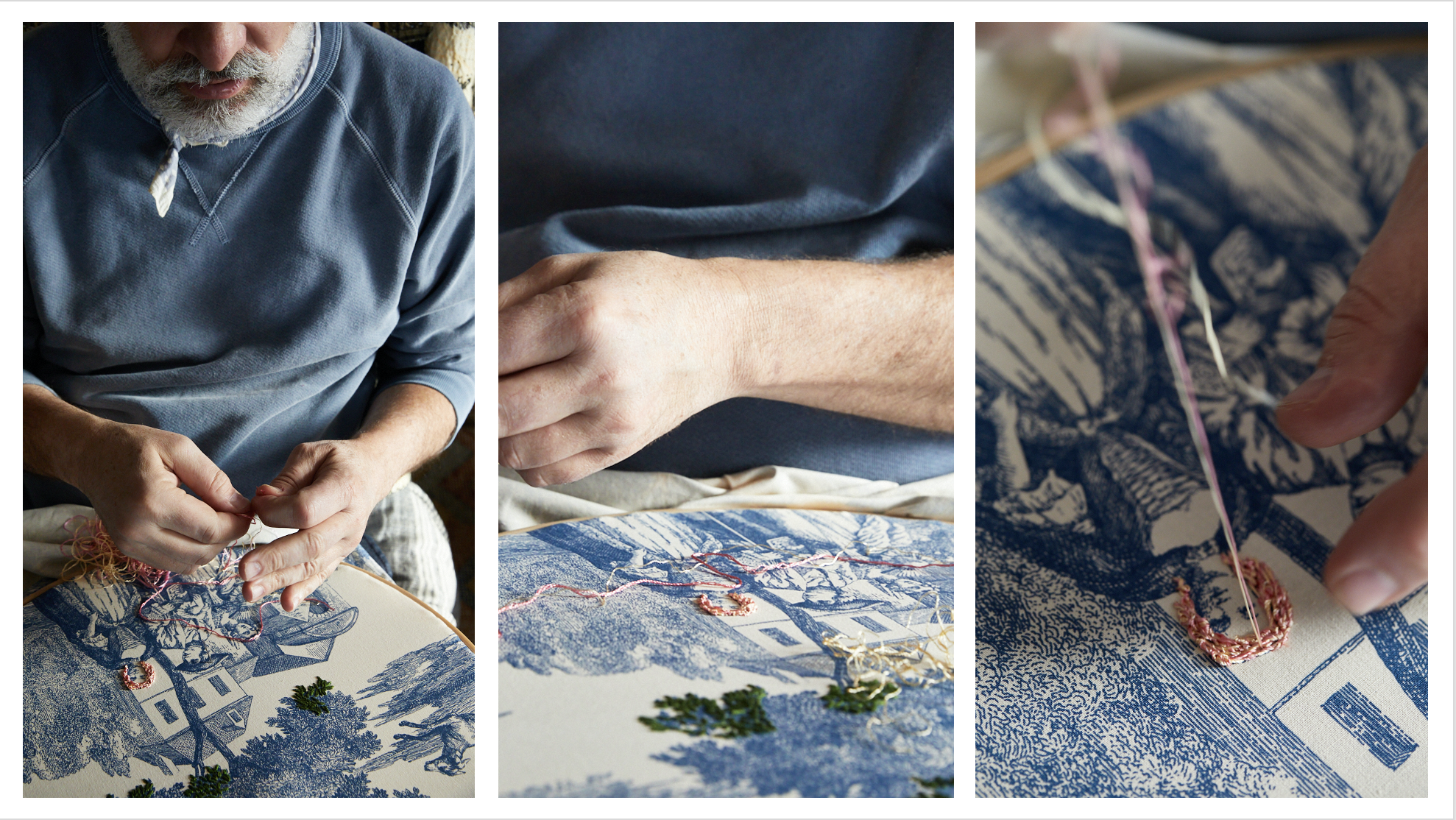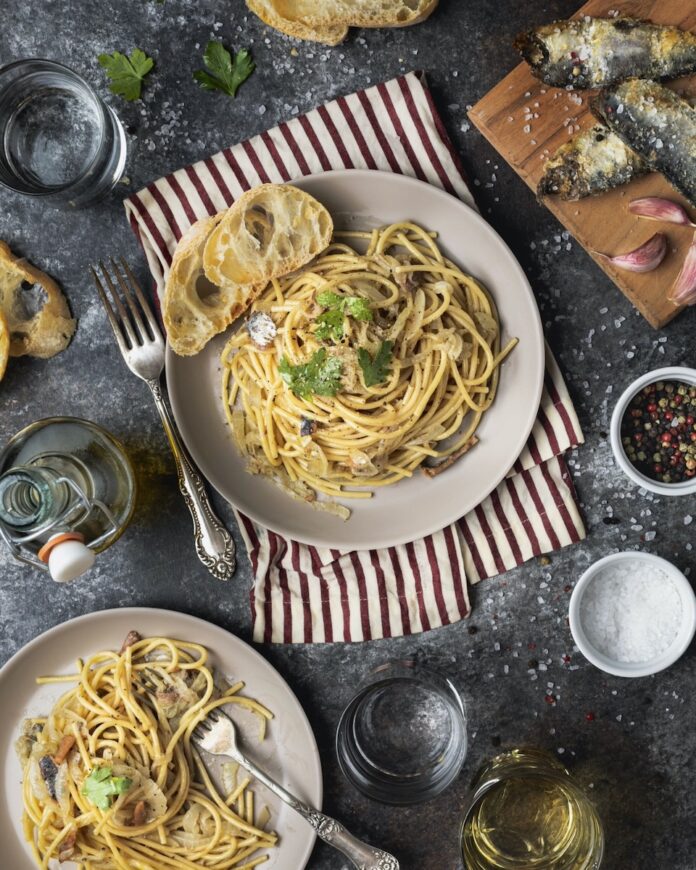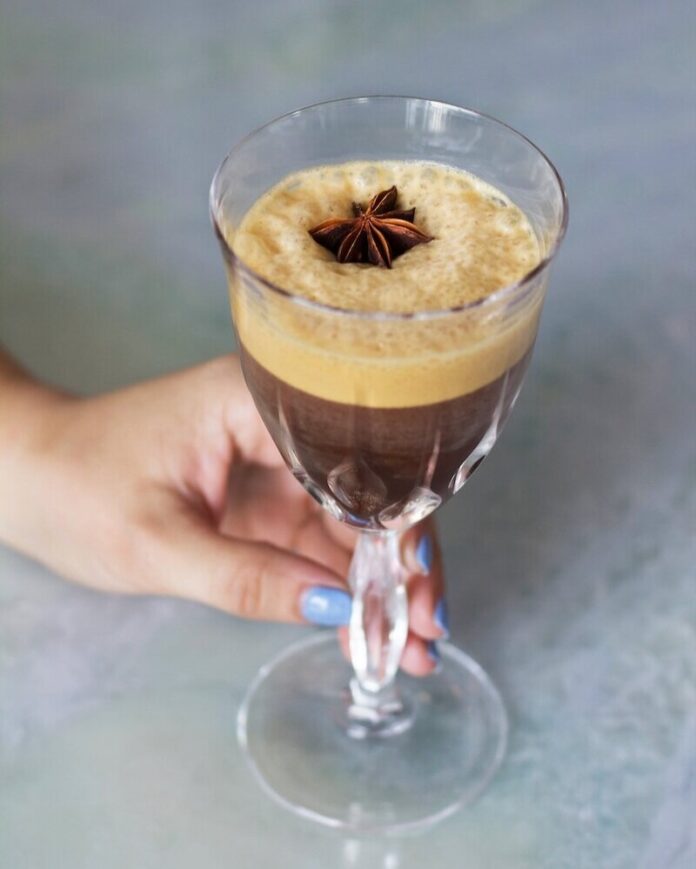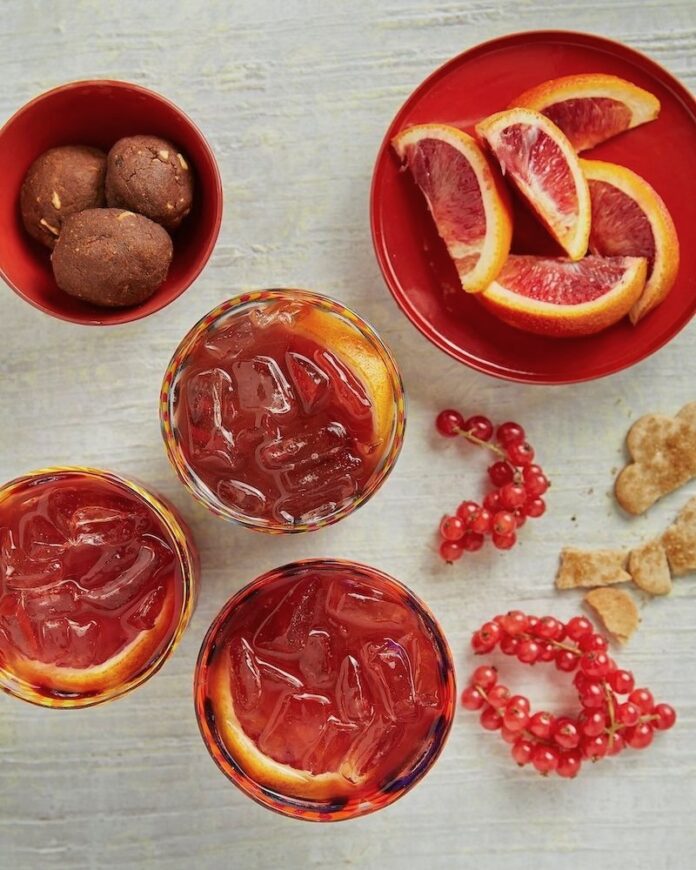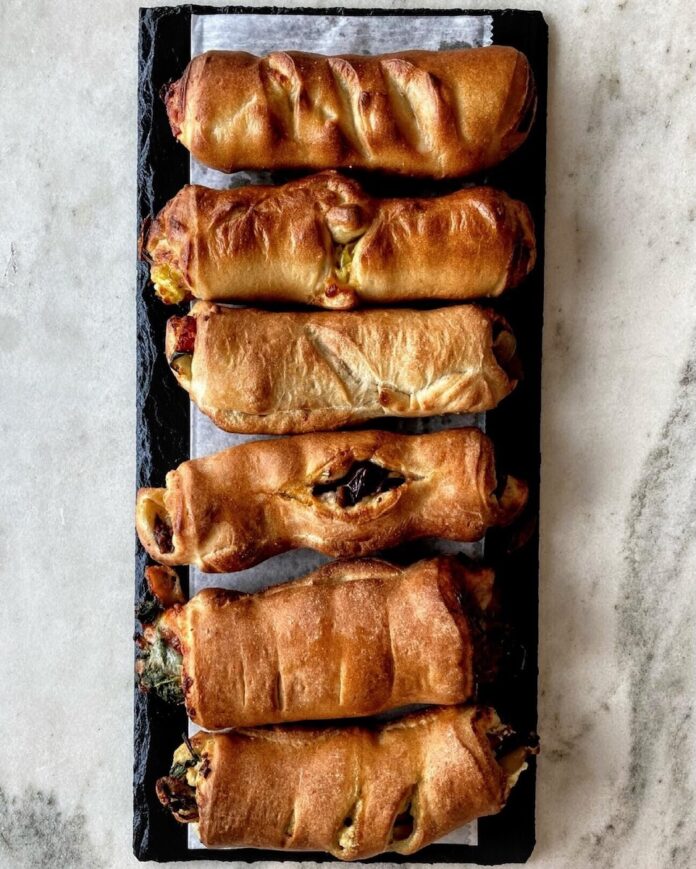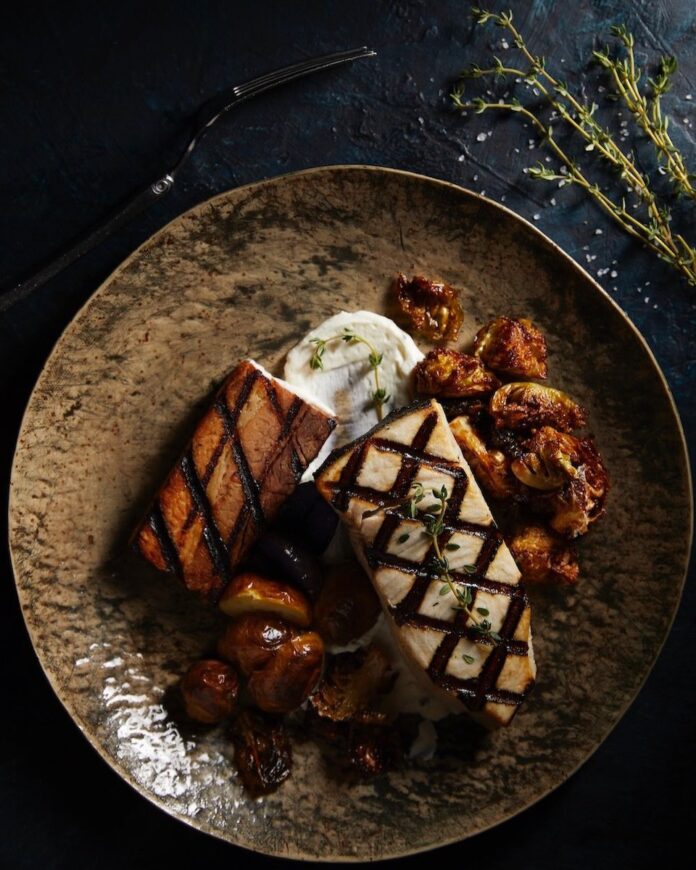What is Appalachia? Katherine Schuler of Rolling Pepperoni has been asking this same question since 2018. She uses it as a framework for stories, stories that first wrapped her traditional pepperoni rolls and are now part of the first volume of RP Unwrapped, a collection of tales from Appalachia.
Pepperoni Rolls and the Story of Appalachia
The pepperoni roll – a fairly soft, baked golden brown roll filled with pepperoni and cheese – is a longstanding piece of West Virginia’s culinary history, developed first as a meal for Italian-American miners. Schuler, who grew up in Elkins, West Virginia, started as a wholesale-only bakery, her rolls becoming a part of daily offerings at local coffee shops, gyms, and more. Just over a year ago, she moved the bakery into a Lawrenceville storefront, which allowed her to expand offerings.
Today, her menu includes the traditional-style pepperoni roll along with a few innovative versions. Her menu has the vegetarian Caprese, as well as the Wagon Wheelie, which adds red onion and dill pickles. Mini rolls – garlic knots, mini jalepeño and cheddar bites, olive and feta slices.
Back to the stories: Schuler’s intent behind Rolling Pepperoni goes beyond the rolls. She’s using food as a medium to bridge the gap between rural and urban communities and to start conversations about Appalachia. Collecting these tales is giving Schuler the chance to track qualitative data and eventually, chronicle the Appalachian community.
A New Way to Document Appalachian History
For instance, Schuler has tracked the most popular words in each story collection. In volume one, that word is people. As she puts together volume two, Schuler has noticed new words popping up, like resilience, which didn’t even make the top tier in the first collection.
“The first book is, in some ways, very singular,” Schuler continues. “It’s a little one-off in this moment. But I hope in many years it’ll be this little treasure, sort of the first little crumb as we begin to publicly track this qualitative data.”
Not all of the stories mention pepperoni rolls. In the first volume almost no one brings up Schuler’s signature food, save for Candace Nelson, who penned a book on the West Virginia pepperoni roll. (Though Schuler points out Nelson’s story focused more on tradition and sense of place.)
At first, Schuler says, she expected answers to “What is Appalachia?” and stories that followed to be more nature-focused, full of “sunshine and butterflies and hope.” They weren’t.
“All of them have a vein of heartbreak and sadness within them,” she says. “They talk about the beauty of the place. But every single one, collected independently of the other, all referenced the extraction economy that has hurt the region.”
A Region Full of Stories
“[These stories] will make you cry. There’s so much honesty and there’s much heart in every one of these answers,” Schuler continues. “No one showed up to bat and you know, whiffed. Everybody had a story to share that meant a lot to them and a story that they really felt connected them with others.”
Schuler has answered her own prompt: To her, Appalachia is “one of the only socially defined cultures and belongs to anyone that identifies with it. It changes and softens like limestone to make room for all of us. Appalachia is a culture of immigrants, independent adventurous, and industry pioneers. As one of the only cultures that belongs to its people, to protect the culture to protect its people. Appalachia crosses rivers, transcends political differences, and simply unites 25 million people. We are a culture united by barriers and our willingness to cross them.”
RP Unwrapped Vol. 1 can be purchased online. A portion of each sale goes back to the 23 story contributors and to funding future story projects.
Story and Photography by Maggie Weaver
Subscribe to TABLE Magazine‘s print edition.

